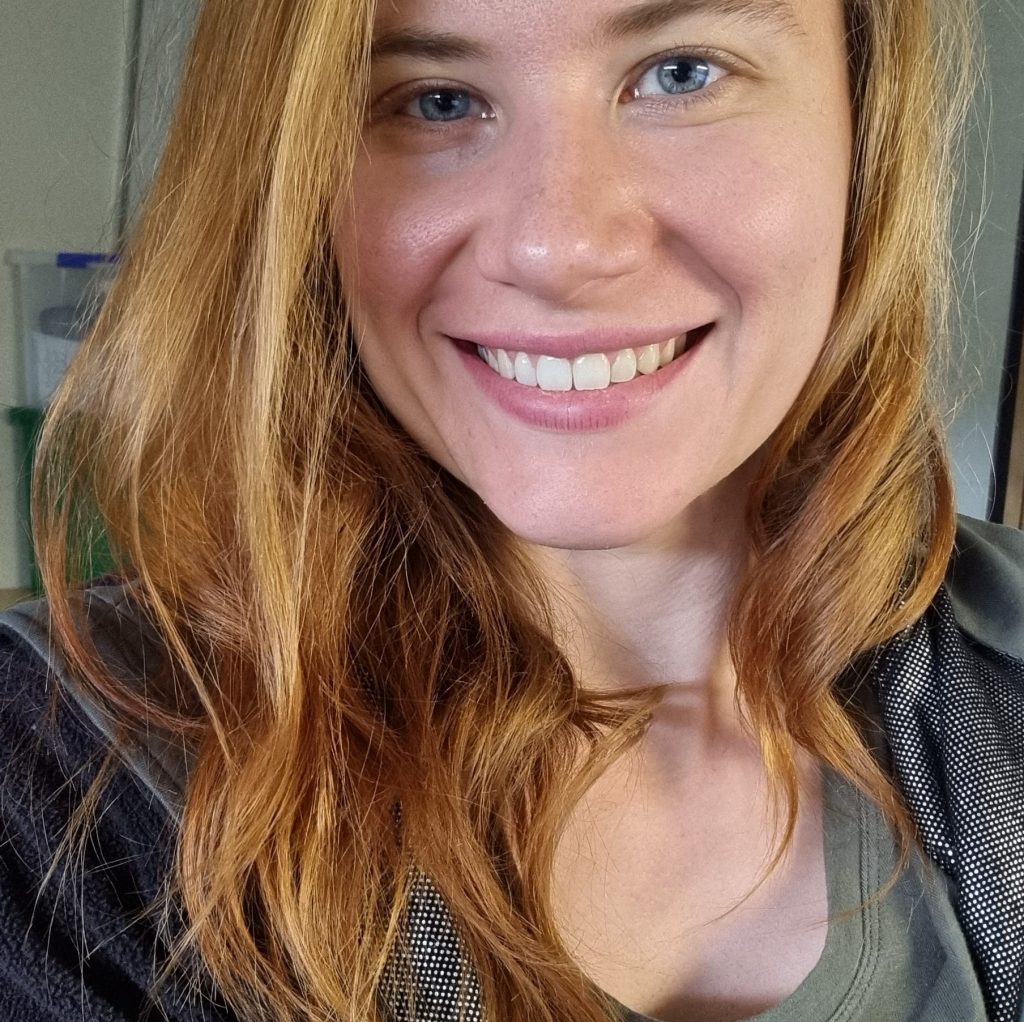Maddie Marshall, plant trade network modeller
A big part of our biosecurity system is being prepared - something Maddie Marshall knows all about from her PhD research.

When a disease enters a population, it’s important to know how that population behaves in order to predict (and prevent) the spread of disease. This is as true for plants and their diseases as it is for people and animals.
“Knowing where things are going and where things are coming from can make a big difference in hitting the ground running with any type of biosecurity protocol,” says Maddie Marshall, a PhD candidate at Lincoln University from Tranche 1’s Biosecurity Network Interventions project.
The propensity of humans to purchase, move and sell plants contributes to the spread of disease. For her PhD, titled “Implementing biosecurity in live plant trade networks”, Maddie is examining three different plant trade systems within New Zealand from a network modelling lens.
The first plant trade system she explored is the forestry industry. She characterised where trees are purchased from and where they are sold to. Characterising that system is important in part because forestry is such a lucrative industry – it’s the third largest primary sector is New Zealand, generating $6.9 billion annually in exports alone.
“And it’s a monoculture,” says Maddie. “Having those pre-formed plant trade networks could be very beneficial if a pathogen or a pest were to enter the system.”
The chapter characterising this network has recently been published in Australasian Plant Pathology.
Maddie then examined the nursery trade network through the lens of MPI’s response to the myrtle rust invasion.

“MPI provided us with the data they collected during the first two years of the incursion,” says Maddie. “Plant sales from myrtle rust positive nurseries were traced during the first three months of the invasion, and then positive reports of myrtle rust cases were recorded over the first two years of the invasion.”
Maddie’s goal was to make sense of how the response played out and what decisions were made based on what information was available. She hopes to identify lessons that could be applied to future invasions of a similar nature.
The third plant trade system Maddie examined was plant trades taking place on TradeMe.
“I have information on every plant sale that has taken place on TradeMe from 2012 to 2019,” says Maddie.
“I’m characterising that network and identifying where things are going, where things are coming from, how the characteristics of the network have changed over time, whether or not those changes are predictable, and what the most common plant species in each subcategory of plants are.”
Knowing how this network functions and having a system in place for examining it could be useful in the future.
“It’s very much a preventative network,” says Maddie. “In case something enters the system, all of this work has been done so you’re not starting from zero in case of an incursion.”
For Maddie, the biggest take-home message to come out of these three networks is the value of detailed record keeping.
“New Zealand is very vulnerable to pest and pathogen introduction, and the ornamental plant trade is a well-documented vector for transmitting pests and pathogens over long distances,” says Maddie. “If people could keep records of what they are selling and where to even within a couple of months, I think that would be beneficial.”
Congratulations to Maddie for her recent publication, and best wishes for finishing up her PhD in the next couple of months.
Posted March 2022.